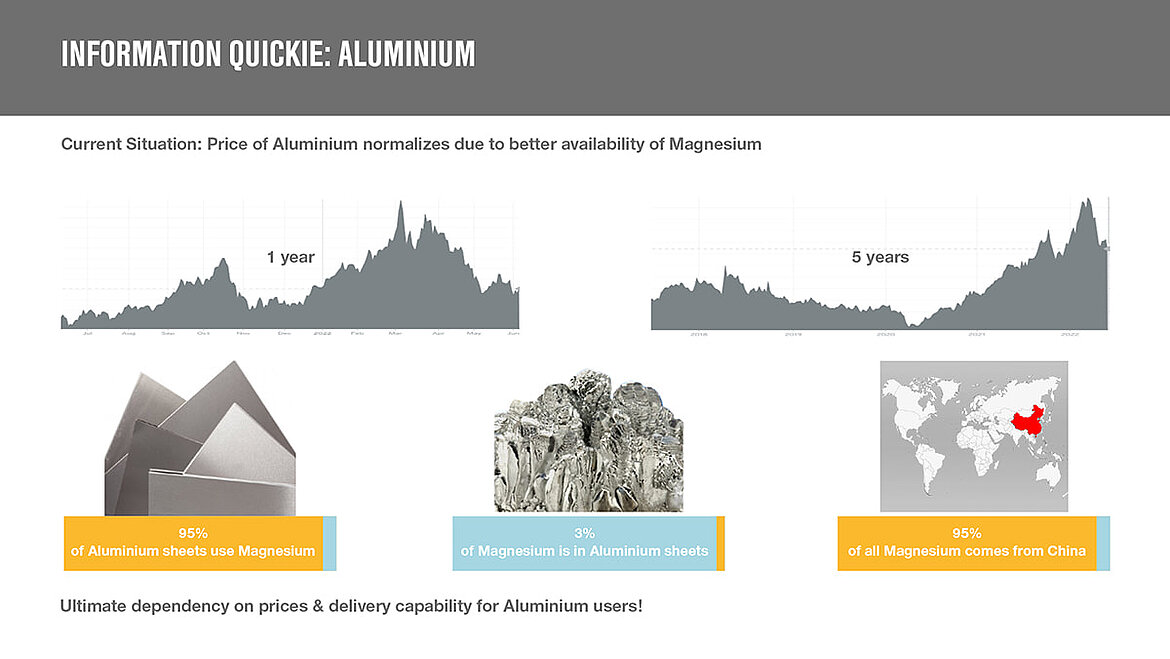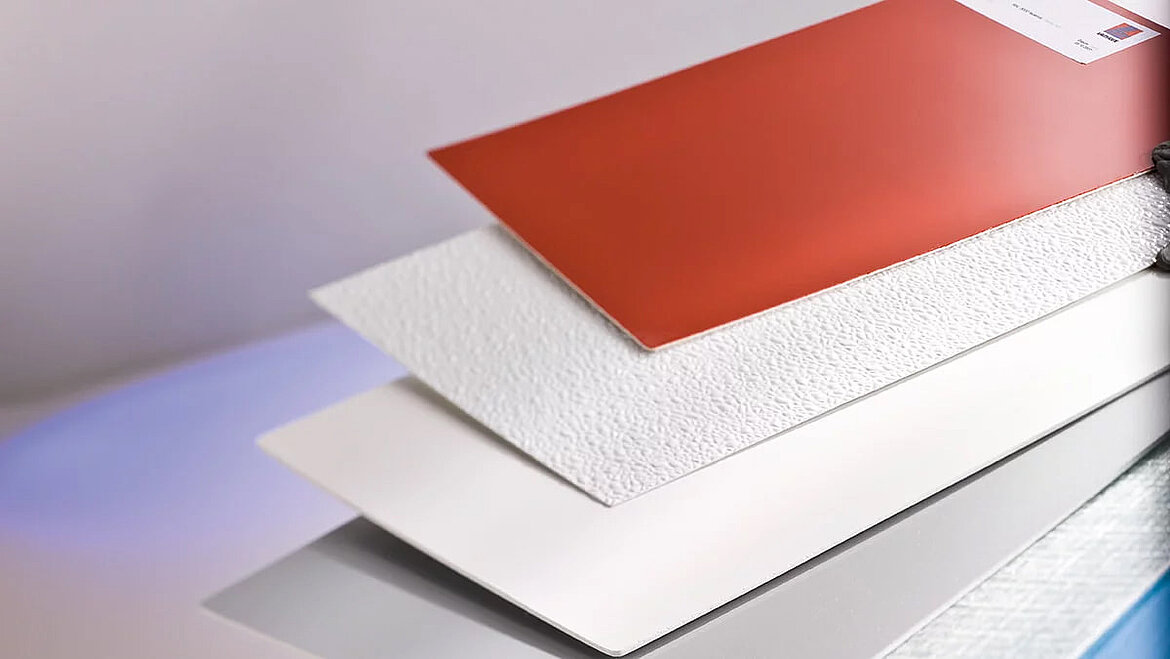Thanks to the aforementioned gelcoat sealing, this surface is extremely weatherproof. Both the GRP sheet and gelcoat layer can be produced in all colours, and can also be completely through-coloured on request. In this case, additional painting, as with aluminium, is not required.
If you want to make use of the properties of GRP and still retain an appearance with design options, we recommend the product 2-in-1 LAMILUX LAMIGraph. A woodgrain foil is bonded directly to the GRP substrate during the manufacturing process. This means that several functions are combined in one product – the mechanical qualities of GRP with a decorative surface selected by the customer. We have summarised more about functional integration in the GRP sector and how you can benefit from it in this article.
Due to the extreme width of the GRP panels, unsightly joints are also avoided, which is not the case with aluminium panels that are not produced in this size. Easy cleaning and repair of the plastic round off the visual highlights of glass-fibre reinforced plastics. We have summarised a thorough comparison of the respective advantages and disadvantages of aluminium and GRP for you in the following article.
Advantages of switching from aluminium to GRP
Glass-fibre reinforced plastic is not only custom-made, it can be used in a wide range of applications, it is also quickly and always available. This is different for aluminium, which is heavily dependent on China and Russia and is therefore exposed to major price and availability fluctuations. Switching from aluminium to GRP is therefore not only advisable because there is little change in the production facilities, as existing machines can be retained. Additional advantages are that GRP is a climate-friendly lightweight construction material that is highly tolerant to damage from external influences and also offers a wide range of design options for visual highlights. Of course, you will not be left to your own devices when switching from aluminium to GRP. LAMILUX Composites, as a specialist in glass-fibre reinforced plastics, provides ideal on-site support from the start to the end of the conversion and beyond. Specially trained application technology engineers are always available to answer any questions you may have.










